One of the nicest and easiest bits of marlinespike seamanship that we have found on a boat is French whipping for a tiller handle. It is both decorative and functional: its spiral of half hitches is attractive and provides a grip that is more secure than is a simple wrap without hitches. The French whipping on this Whitehall's tiller uses a soft 3/16" solid-braid synthetic cord.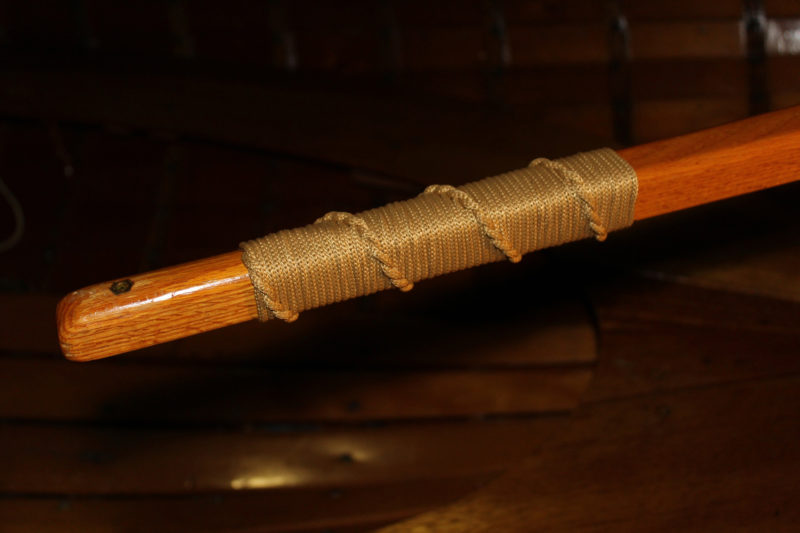 This photograph and opener, Small Boats Magazine
This photograph and opener, Small Boats Magazine
Join The Conversation
We welcome your comments about this article. To include a photo with your remarks, click Choose File below the Comment box.


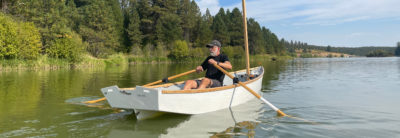



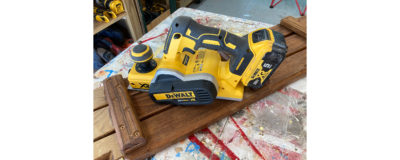
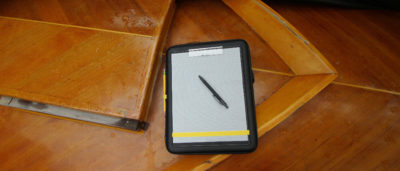
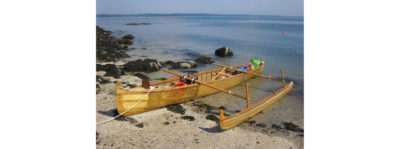
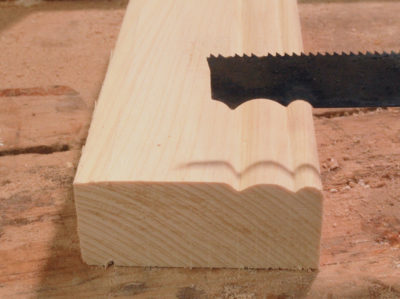
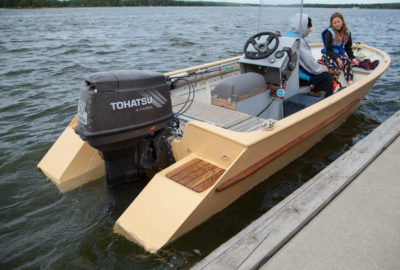
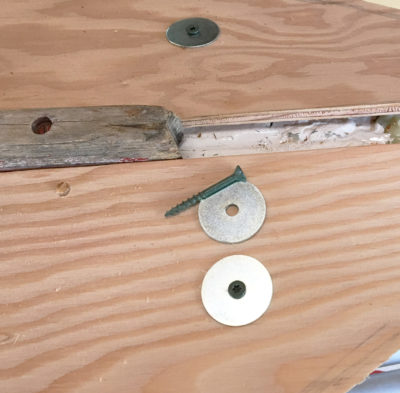
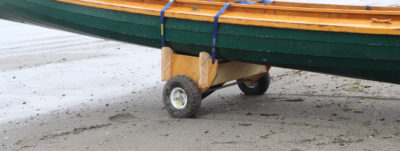
In the middle 1960s I was stationed on board a WW-2 vintage destroyer out of Pear Harbor. All of our ladder hand rails were served in this manner or, the half hitches were alternated left and right so they lay in a straight line under the rail. Turks heads to secure the ends, of course.
I once was given an old 5 drawer dresser with no knobs. I made 10 small monkey fists with Turks heads under them which I fastened to the drawers for pulls. Wish I remember what happened to it….
At first glance, it looked complicated, but was very easy when I got started. A simple way to enhance a tiller or whatever.
I love this whipping. It would be a little project for the spring. I’m only thinking about the sealers. Classic varnish has a lot of resin (natural or synthetic), which isn’t much ok for soft surfaces. In this case I thing would be better a classic oilskin, I mean the boiled linseed oil (BLO) with part of wax (bees = harder, paraffin = softer). Or for really classic smell the warm tar and BLO (but it may stay little bit sticky, more than wax).
There is a mix I use for impregnating the old canvas used for my dinghy. It is 8 parts of linseed oil (classic oilskin had BLO, I use sometimes raw, it is mainly a wax diluting medium), 1 part of tar (it is a good anti-mildew agent) and 1 part of paraffin. When heated, it flows like a pure oil, and when cold it is like a butter. It can be diluted further with the turpentine or synthetic solvent (cheap) for oils/alkyds, so it may flow even cold.
On canvas, I use and old iron to heat it up to penetrate properly, on rope the heat gun would be fine.
Need to try it on the cotton rope work.
Hmmm. The title led me on a bit.